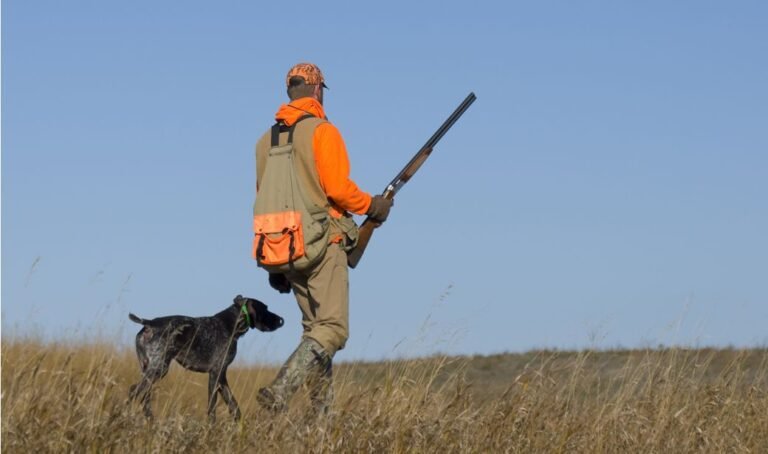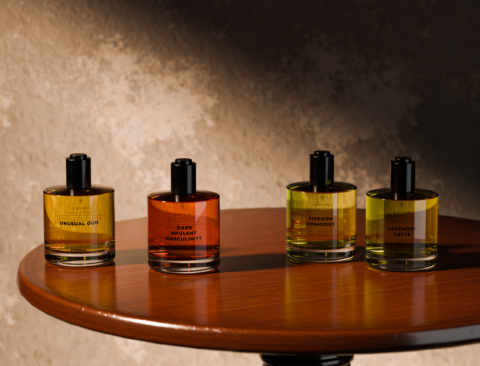It’s important to choose the right knife blade whether you’re searching for the perfect tool for hunting, cooking in your kitchen, or other leisurely outdoor activities.
Knife blades come in a range of options. The perfect knife blade is one that is the right shape, length, and sharpness for your needs. When you find a tool with the right blade, it will ensure maximum performance and make using your knife more enjoyable.
Below, we have covered the key factors to consider when you are on the hunt for the perfect knife blade.
The Blade Material
Knife blades come in a range of materials. The material is a key factor to keep in mind if you want to discover the most suitable knife for your needs as it impacts the functionally and performance.
The most common materials for knife blades are stainless steel, high-carbon steel, and tool steel. Stainless steel is highly resistant to rust and corrosion, making it a suitable choice for outdoor use.
High-carbon steel is extremely durable and can be resistant to corrosion with proper care and maintenance. Damascus steel combines two types of carbon steel to create an aesthetically impressive blade that functions well in the kitchen and outdoors. You can learn more about Damascus steel, including how it’s made and its uses, by reading this article.
Tool steel is more suitable for heavy-duty knives, where durability is crucial. It’s a rust resistant material that can withstand extensive use outdoors.
The Shape of the Blade
Knife blades come in a wide range of shapes, each offering unique benefits.
Some of the most common shapes include:
- Drop point – this type of blade has a convex curve that makes it perfect for high-precision cuts.
- Clip point – a clip point knife blade has a concave edge towards the end of the blade. This curved edge makes it a suitable choice for outdoor tasks, such as field dressing or gutting animals.
- Spear point – if you’re looking for a hunting knife, the spear point blade will be ideal. It’s a sharp blade that can pierce through an animal swiftly and precisely.
The Length of the Blade
The length of a knife’s blade can affect its usability and portability, so it’s another important thing to keep in mind during your research.
A longer blade, which is typically six inches or more, is better for heavy-duty tasks, such as cutting large slabs of meat from a hunted animal. Although durable and versatile, they are more difficult to carry than shorter blades.
Shorter blades, which are under four inches are easier to carry in a bag or your pocket. They are better for high-precision cuts or carving.
Medium-sized blades (between four and six inches) offer portability but also durability. They are a nice middle ground between long and short blades and will withstand various indoor and outdoor activities.

Daniel J. Morgan is the founder of Invidiata Magazine, a premier publication showcasing luxury living, arts, and culture. With a passion for excellence, Daniel has established the magazine as a beacon of sophistication and refinement, captivating discerning audiences worldwide.





